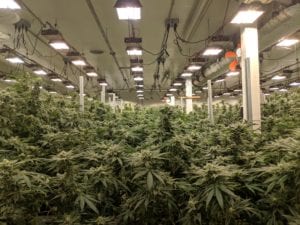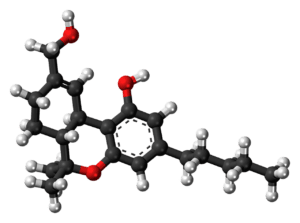Cannabis is moving out of the shadows; the conversation surrounding it is shifting. In more than a few states, it’s no longer something you need to call a dealer for, or something you need to know a “friend of a friend” to acquire. It isn’t something shameful, something secretive to be kept hidden from people. These days, instead of waiting for “the guy” to hit you back up, you can just drop into a store and chat with an educated salesperson before purchasing your cannabis. We find ourselves talking to coworkers and friends about it – and occasionally our families, as well.
The conversation is changing, and so is the cannabis itself; this isn’t the same pot from the 60’s and 70’s. The focus of the newer generation of cannabis growers and consumers is on the strongest cannabis around; years of selective breeding and hybridization have produced some notoriously potent genetics. But the highest-testing product doesn’t necessarily equate to the best.

In Washington and other adult-use states, consumers are spoiled with a plethora of choices… Where do you shop? Which strain do you select? Do you purchase something to smoke, something to eat, or something to vaporize? This bounty of options has us spoiled: seeking the prettiest, the frostiest, the tastiest, and the strongest. Having access to these choices is wonderful (variety being the spice of life, and all) but many people have been led to believe that THC percentage is the be-all, end-all of what defines good cannabis… and that simply isn’t true. There is far more to cannabis than just THC.
Cannabinoids are the primary components of cannabis which help people to feel happy, high, and healthy. There are around 100 cannabinoids that we are aware of, and each plays an important role in the genetic makeup of each cannabis cultivar; every genetic has its own unique ratio and blend of cannabinoids, lending it its own effect profile. In addition to the uniqueness and individuality of each cultivar (or strain), every person has their own ECS (EndoCannabinoid System) responsible for receiving and activating the effects of different cannabinoids. At its most parsed-down, this information holds one crucial fact: The Best Strain for one person’s system is not necessarily The Best Strain for others.
Of all known cannabinoids, the three primary ones are THC (Tetrahydrocannabinol), CBD (Cannabidiol), and CBN (Cannabinol). THC is the primary psychoactive compound – this is the chemical component that provides the “high” we expect from cannabis products. THC offers myriad potential benefits to its users. Alternately, CBD (which has its own plethora of potential benefits, some of which you can learn more about here) binds to different areas on the cannabinoid receptors in our brains and is non-intoxicating, thereby dulling the psychotropic effects of THC. Basically, THC has to bind to a few spots on your CB1 receptors in order for them to fire & cause you to feel “high”, and if a CBD molecule binds to one of those receptors instead, the receptor won’t fire. CBN, another psychoactive chemical present in cannabis, predominantly causes its consumers to feel sleepy. Okay, cool info… but what does all of this mean? 
A cultivar rich in only THC can cause anxiety in some users. Something that is only CBD-rich can be beneficial for certain uses, but won’t be its fully-activated, best self on its own. CBN can be great for the end of the day, but not everyone wants to smoke something that’s just going to knock them out. Essentially, an ideal cultivar contains a blend of these chemical compounds: a blend of THC and CBD, THC and CBN, or any combination of these can create a well-balanced high for many.
The biggest point we want to emphasize here is this: it is important to find the high that’s right for you, and that doesn’t always necessarily equate to the choice with the highest THC. Once consumers open their minds beyond the bias of “bigger = better”, many people find certain strains which have a lower THC content but rich, complex aromatic and terpene profiles to be the most effective for their wants or needs! If you’re willing, we’d like to offer you a challenge: next time you’re shopping for cannabis, pick something that looks beautiful to you – and then don’t investigate the THC percentage on the label until after you’ve smoked it. You may be surprised by what you find!